Answering the call
The story of how UCI responded and adapted to the historic COVID-19 pandemic
Stories by Cathy Lawhon
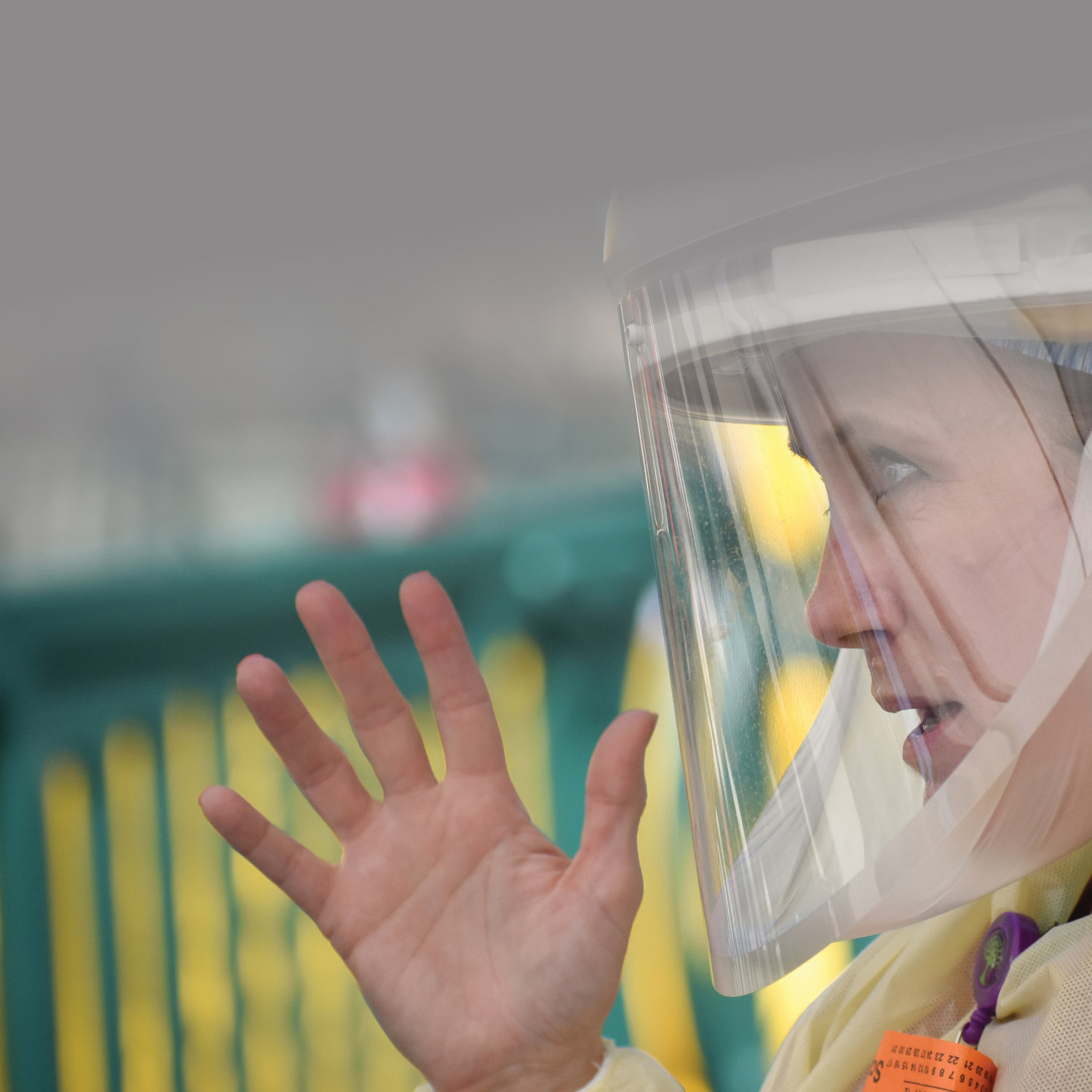
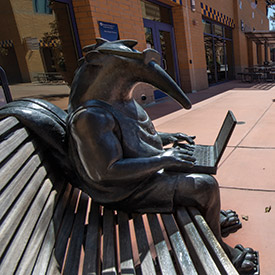
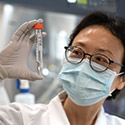
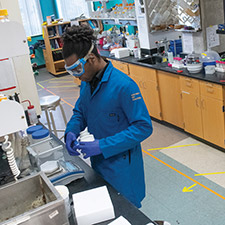
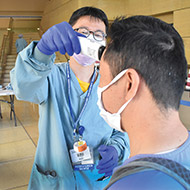

The story of how UCI responded and adapted to the historic COVID-19 pandemic
Stories by Cathy Lawhon
Introduction
In 2020, the entire world was put on hold by the COVID-19 pandemic. To mitigate a deadly surge of the illness caused by the novel coronavirus, social distancing and home self-containment orders were issued by federal, state and local governments. In Orange County, it was no different, leading UCI to face the greatest crisis in its 55-year history. In the span of a few short months, the university would need to suspend nearly all on-campus activities, while UCI Health ramped up clinical operations, preparing for a glut of COVID-19 patients. The task of mobilizing UCI – a multibillion-dollar organization equivalent to a midsized city of 50,000 – was massive, requiring quick and decisive leadership and teamwork and straining the campus’s logistical and financial infrastructure. This is the story of UCI during COVID-19, told by people in administration, research, student and academic affairs, and UCI Health. Their efforts kept both the UCI campus and hospital – and the Orange County community – healthy and focused on responding to and recovering from the largest U.S. public health crisis in more than a century.
For more about UCI during the pandemic, please enjoy our special edition of UCI Magazine, COVID-19: A Call to Action.
Chapter one
The news from Wuhan, China, in December 2019 was bleak. A particularly nasty strain of the coronavirus – the type of virus responsible for the SARS scare in 2002 – had struck the population.
Heading into 2020, concern deepened beyond the Chinese border, as U.S. media warned about the virus’s spread and the deadly, as-yet-unnamed disease it caused.
“I had been following news reports in early January about a place called Wuhan,” said UCI Chancellor Howard Gillman. “I was paying more attention because of UCI’s relationship with China through our international students and our faculty.”
Little was known in early 2020 about the COVID-19 virus making its way, cough by cough, to the U.S. Information from China was scant, and Italy was just beginning to feel the effects. But leaders in UCI Health’s epidemiology and infection prevention group and the campus’s Program in Public Health had been following the disease too.
They and others shared Gillman’s early concerns. UCI had about 100 students from Wuhan province and many faculty exchanges with China. What would happen if the virus – which seemed to start as a dry cough, fever and fatigue and could quickly develop into suffocating pneumonia – landed and spread on campus?
A New York Times story headlined “China Confirms New Coronavirus Spreads From Humans to Humans” brought concerns to the forefront. Gillman asked Lars Walton, associate chancellor and chief of staff, to read the article and get back to him with thoughts. Walton immediately responded and the next day convened a meeting of campus leaders from academics, facilities, student affairs, health affairs, police, human resources, information technology, communications and more.
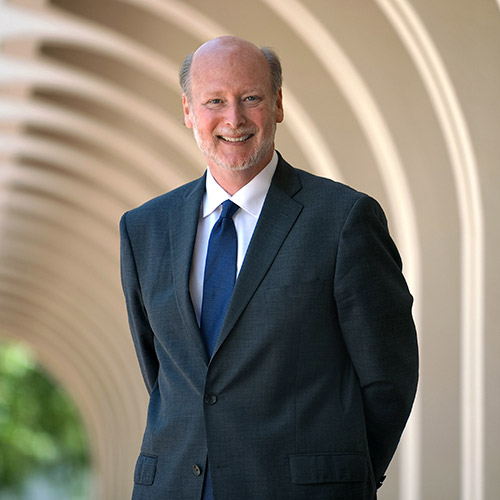
“I remember clearly that on Jan. 20, I indicated to my team that this was very important. I was really thinking that if any place might be a starting point in the U.S., we were as reasonable a place as anywhere else.”
Meanwhile, life still looked normal on campus in late January. A Lunar New Year celebration took place on Jan. 21, with many Chinese nationals attending shoulder to shoulder. Things started changing the following week.
Preparing for the novel coronavirus would soon become pervasive on the UCI campus and at its medical center, encompassing all operational aspects.
Ronald Cortez, chief financial officer and vice chancellor for the Division of Finance and Administration, called his team together on Sunday, Jan. 26, to come up with big ideas about what the campus might be called upon to implement. That report to Gillman inspired daily 5 p.m. check-in meetings with campus leadership that began the next day. And by Feb. 3, daily, two-hour tabletop exercises were implemented, in which participants brainstormed solutions to various scenarios.
“At the front end, it was really an international problem,” Walton said: How many students do we have doing study abroad in China? How do we get them home safely? What do we do if they’ve been exposed? How do we follow up?
“I didn’t have a language for contact tracing and surveillance, but we were doing it before we even had the vocabulary,” Gillman recalled.
Next the focus shifted to getting through the end of the winter quarter, with finals scheduled for the week of March 16. The goal was to take advantage of the following week – spring vacation – as a natural break between the winter and spring quarters and give faculty and staff a chance to plan for any big changes.
“So we were trying to figure out if people needed to be quarantined or isolated on campus, how do we make space available for that?” said Richard Coulon, associate vice chancellor for campus operations. “And then we’d say, ‘Let’s just imagine we have three positive cases, eight positive cases. What’s the impact? And how many cases become too many to handle?’ It was a constantly changing dynamic, and we were moving very quickly.”
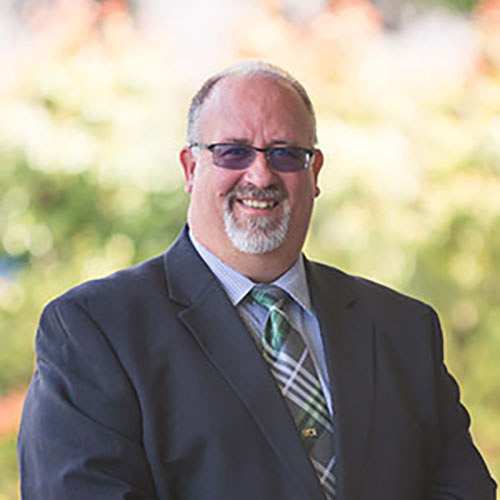
“So we were trying to figure out if people needed to be quarantined or isolated on campus, how do we make space available for that? And then we’d say, ‘Let’s just imagine we have three positive cases, eight positive cases. What’s the impact? And how many cases become too many to handle?’ It was a constantly changing dynamic, and we were moving very quickly.”
Meanwhile, in its role as a community partner, UCI was sharing strategies on everything from hand sanitizer sources to shutdown procedures with business executives in the CEO Roundtable, UCI Foundation members and other large companies in the Southland. Town hall meetings also kept elected officials informed.
John Gerace, a UCI Foundation trustee and president of DiaSorin Molecular, recalled a Jan. 30 foundation breakfast at which he and Gillman discussed steps the campus had already planned.
A UCI alumnus, Gerace was particularly interested because his business develops diagnostic tests for diseases such as COVID-19 and had one that had not yet received Food and Drug Administration emergency clearance.
“To Chancellor Gillman’s credit … he was on top of protecting the ecosystem around the university with a lot of forward-looking, forward-thinking preparation,” Gerace said.
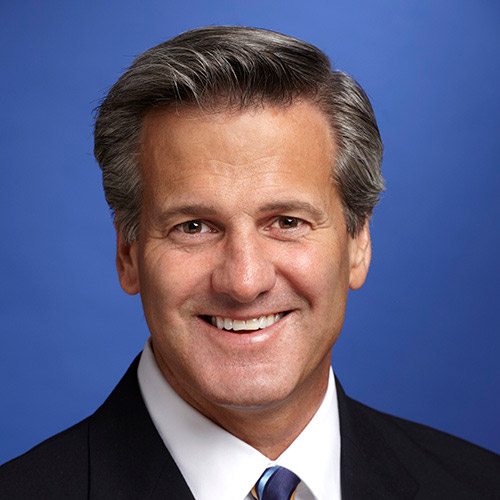
John Gerace:
The trustee/alumnus on the front lines of testing
Killer viruses weren’t necessarily common breakfast conversation fare in January 2020. But when UCI Chancellor Howard Gillman started chatting with UCI Foundation trustee and alumnus John Gerace, the result was dramatic.
Gerace, who earned bachelor’s degrees in chemistry and biological sciences at UCI in 1987, is president of Cypress-based DiaSorin Molecular. The company looks at emerging infectious diseases and develops tests that it supplies to large reference labs, such as LabCorp and Quest, and to community or university hospital-based labs.
The viral genome of the SARS-CoV-2 virus, which causes COVID-19, had been sequenced and published in GenBank, a National Institutes of Health genetic sequence database, on Jan. 11. DiaSorin Molecular scientists had already created a polymerase chain reaction assay for the virus’s RNA and had the components of a test available as analyte-specific reagents when Gerace met with Gillman on Jan. 30.
“Remember, there hadn’t been a single death in the U.S. at that point from COVID-19,” Gerace said. “To Chancellor Gillman’s credit, he already had a plan. He was on top of protecting the ecosystem around the university with a lot of forward-looking, forward-thinking preparation for what unfolded to be a pretty serious pandemic.”
That thinking – and information coming from Northern Italy, where DiaSorin Molecular’s parent group is headquartered – convinced Gerace that there was more to consider than what scientists had been keeping an eye on in China. By Feb. 17, his company had a test; and by March 19, the Food and Drug Administration had issued an emergency use authorization.
The inspiration went both ways, Gillman recalled of their discussion at the UCI Foundation meal.
“That chance breakfast with someone who was in the middle of the medical commercial ecosystem helped me realize [COVID-19] was a serious thing,” he said.
“It was a mutually beneficial meeting,” Gerace agreed. “And it was very good in that regard.”
Tabletop exercises expanded. Students saw hand-washing stations spring up on campus and more messaging and programming on how to stay healthy. They experienced changes in the way their food was served. At this point, though, not many conversations centered around implementing remote learning for the spring quarter.
Then, on Feb. 29, the first acknowledged COVID-19 death on U.S. shores was reported in Washington state. (It would later turn out that others had died earlier of the disease.)
In March, activity shifted into warp speed with a series of moves that sent students, faculty and staff home to work; shuttered or moved research labs; and prepared doctors, nurses and other workers at UCI Medical Center for an unprecedented pandemic.
“I’ve never been in a fighter jet,” Walton said, “but I imagine it’s what it feels like when they kick in the afterburners.”
Coulon convened the full UCI Emergency Operations Center on March 10. The EOC is a consortium of experts and leaders in administration, security, logistics, academics, student affairs and communications that guides the campus through emergencies.
By March 19, when California Gov. Gavin Newsom ordered a statewide shutdown, UCI was ready. Students had evacuated, finished online finals and were gearing up for a spring quarter of remote learning. Research that could be conducted off-site had relocated. Faculty and staff had set up home offices. All spring sports for UCI Athletics teams had been called off. Only UCI Medical Center remained a beehive of activity as healthcare providers braced for the unknown.
By June, the reviews would be in. Valuable lessons in remote instruction and student and employee engagement would be learned. UCI would earn new appreciation as a community model of agility and commitment to teamwork. The resilience of its students, faculty and staff would be demonstrated. And UCI’s healthcare and research enterprises would make use of robust collaboration, playing key leadership roles in the COVID-19 fight in Orange County and beyond.
Communications:
Keeping UCI and the community educated and informed
On the theory that an educated community takes better, calmer steps, the common denominator in all these campus efforts was communication. UCI Chancellor Howard Gillman and other leaders were committed to transparency in decision-making; accuracy in defining what was known and not known about the disease; and consistent, proactive notification of its impact on students, faculty and staff. Coordination of the messaging became the nearly all-consuming mission of the Office of Strategic Communications & Public Affairs.
“A couple weeks into this we realized that we needed to do a public education campaign,” said Sherry Main, assistant vice chancellor for strategic communications. “A lot of people were hearing about a novel coronavirus epidemic across the globe, and we needed to educate our community about how to prevent the spread of viruses. That’s when we started the handwashing campaign.”
Working with Bernadette Boden-Albala, director of the Program in Public Health and founding dean of the proposed School of Population Health, the communications team created videos of Peter the Anteater teaching proper hand-washing (or paw-washing) technique, and instructions were printed on coasters and posters to be distributed in dining halls and around the campus. Hand-washing stations were installed around Ring Road in time for homecoming in mid-February. Dyan Hall, campus engagement and wellness specialist, deployed health ambassadors across the campus to support Boden-Albala’s students, who were conducting surveys and conveying information. The educational materials produced on campus were utilized in the community by the Irvine Unified School District, the city of Irvine and the Irvine Police Department.
In March, as campus activity and questions around COVID-19 escalated, Ria Carlson, associate chancellor for strategic communications and public affairs, and her team built a coronavirus website designed for internal communications. Then they began work on another website, oc-covid19.org, to serve as a community resource. It featured stories of coronavirus-related research being conducted at UCI; national and global news; and a lifestyle section with recipes, family and wellness advice, a podcast series where UCI experts addressed COVID-19 issues, and other information for weathering the shelter-in-place order. It also provides a small-business digital tool kit containing information and a variety of downloadable resources to help businesses reopen safely.
At its launch, the site received about 130,000 initial page views and became the go-to resource referenced by city and county governments and Orange County business organizations.
The campus also produced a series of video forums to inform the larger community and highlight UCI’s expertise and readiness for crises. Focuses included the future of healthcare and business and a policy discussion with community government officials. In addition, a team led by Alberto Sandoval, senior director of community and government relations, convened emergency leaders from surrounding cities and campus experts for brainstorming sessions.
All these efforts are central to the role of a research university, Gillman said: “Knowledge and the public interest are vitally important. And nothing has sharpened our thinking about how important that mission is for the well-being of the world more than this terrible crisis.”
Only now, during the summer of 2020, is UCI methodically resuming on-campus activities and getting ready for the next academic year – part of a “new normal” that has completely altered how people around the globe live their lives.
“Initially, the biggest challenge was understanding the scope and preparing the community for bigger decisions,” Gillman said. “I don’t think that should be underestimated – how hard it was to go from the president saying it’s all going to be fine to realizing the entire world was changed.
“After that, the challenge was getting everything in line for a successful transition. While that was a very heavy lift, everyone mobilized. There were very long, relentless days, seven days a week. Once we decided what we needed to do, implementing it was a challenge across thousands of domains, and it felt like everyone was working on the problem.”
Here’s how UCI rose to those challenges.